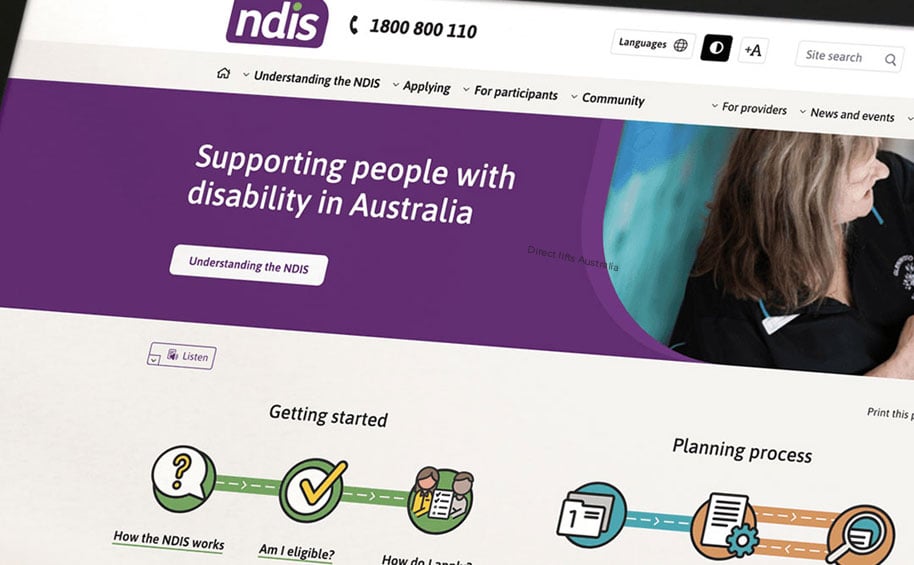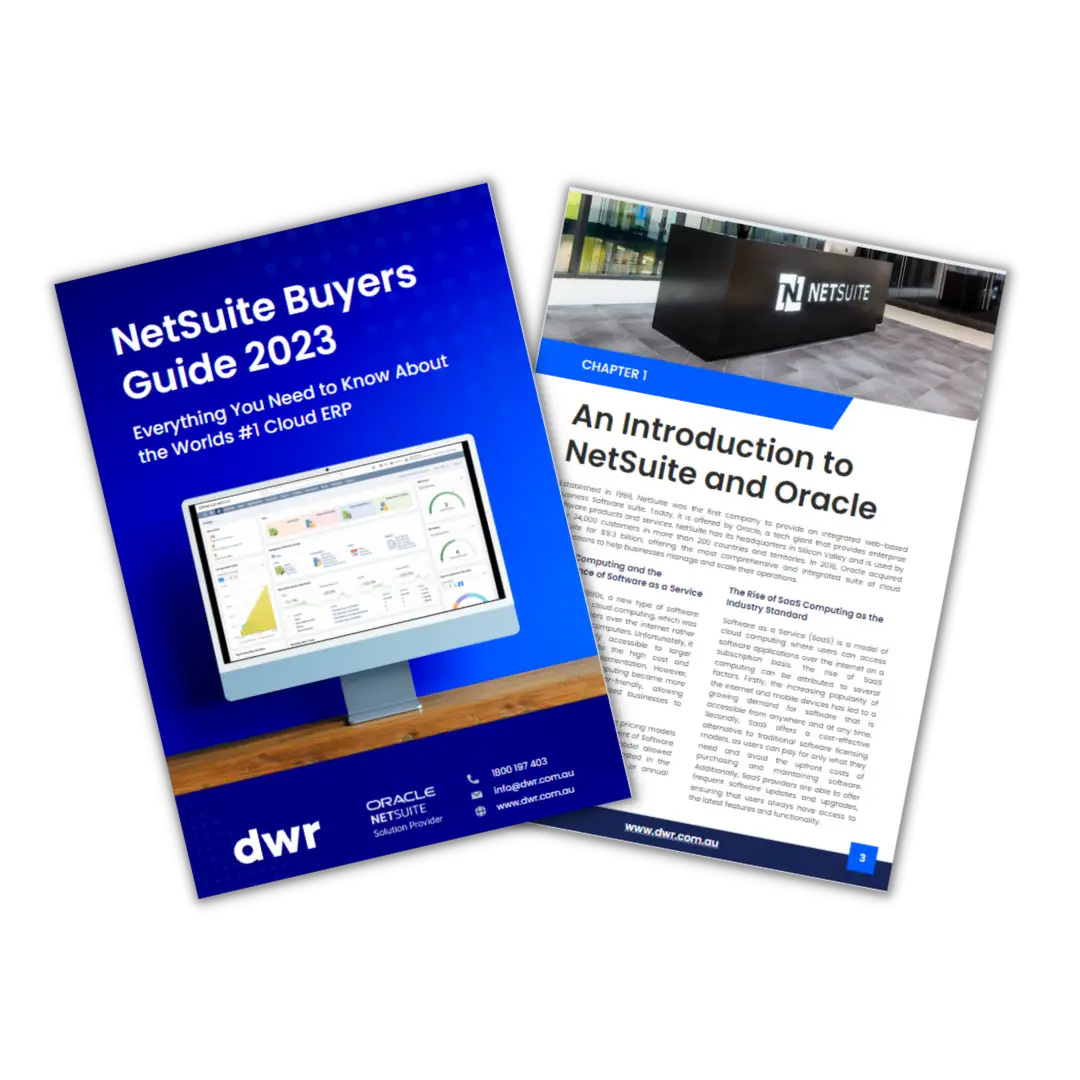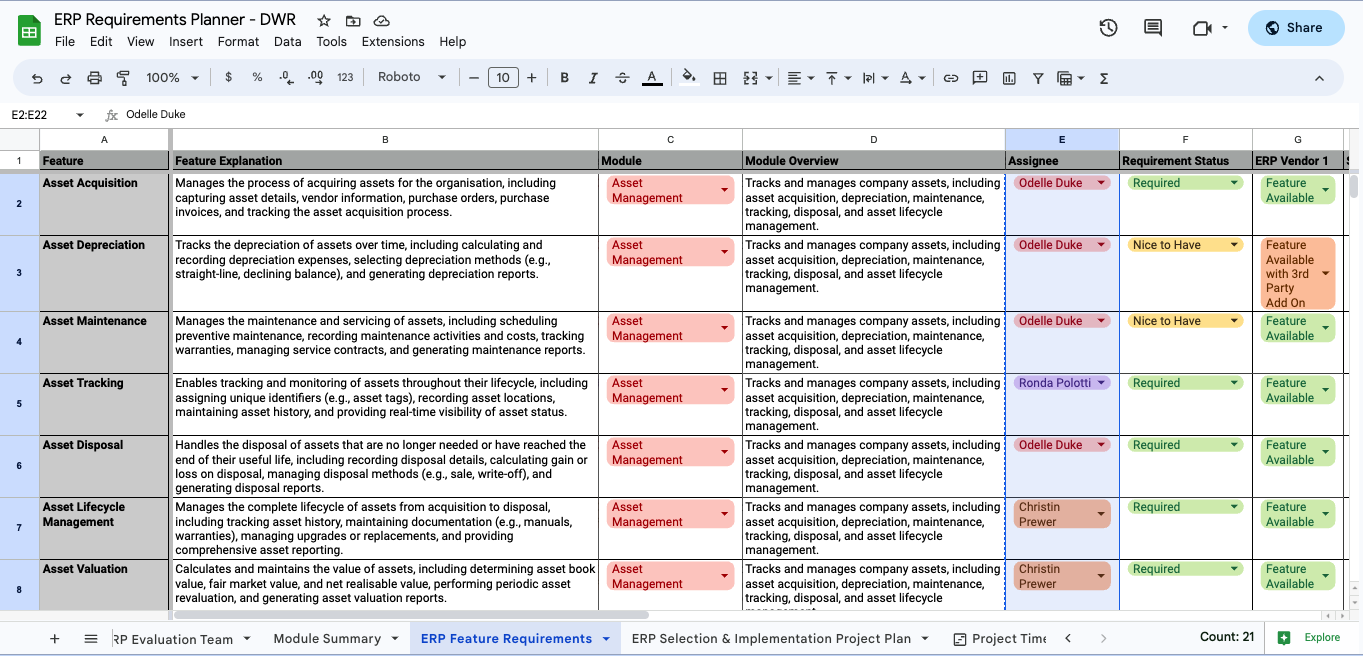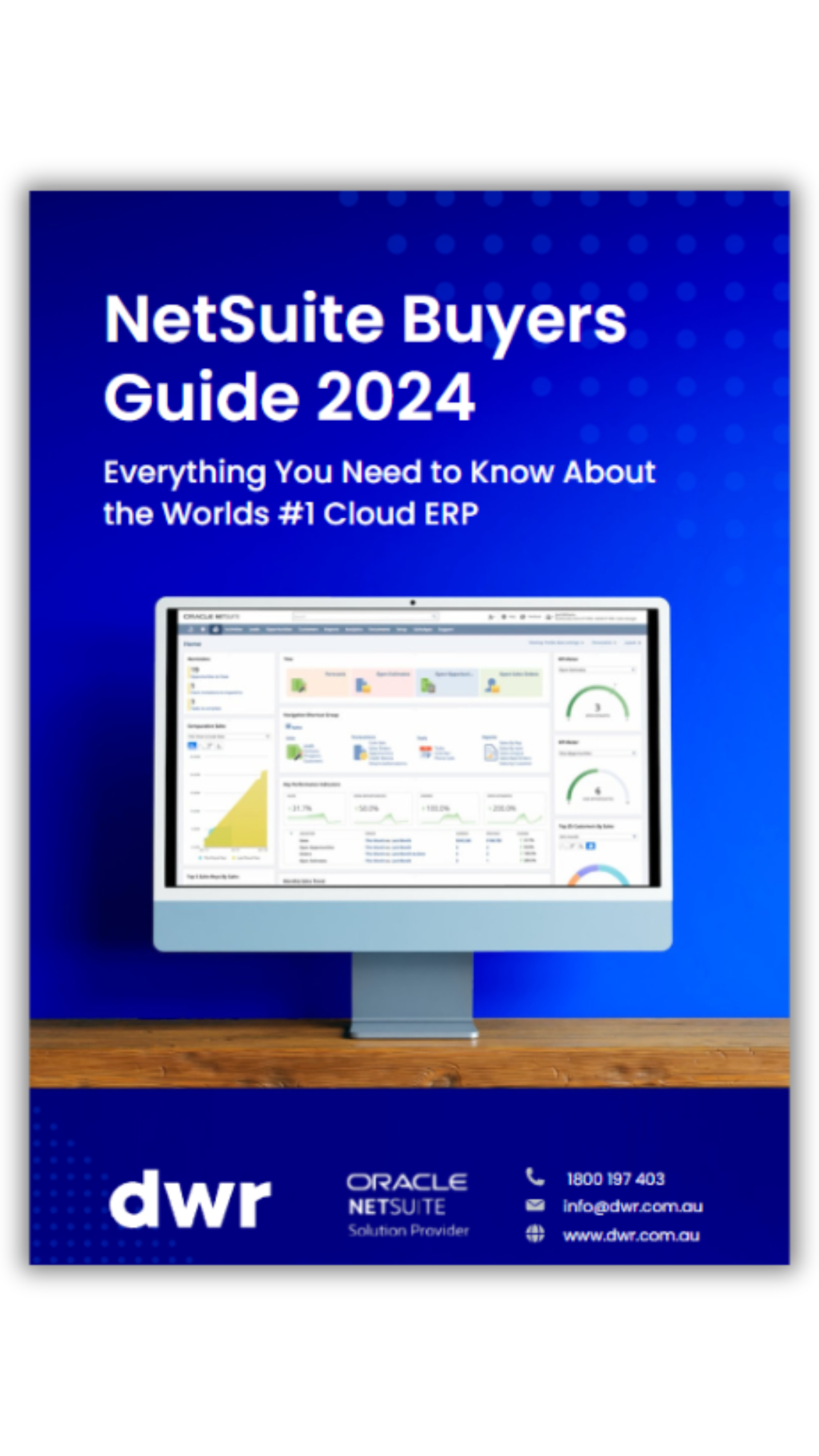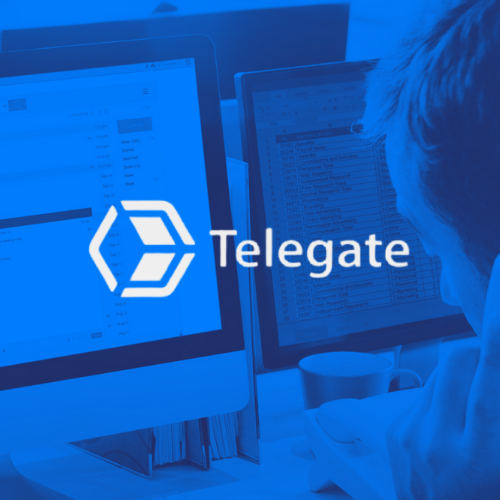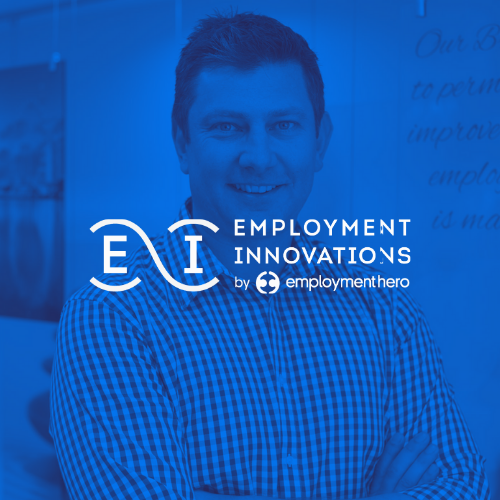In 2022, economic uncertainty and inflation, supply chain issues, talent shortages, and continued new coronavirus variants have Aussie put businesses under pressure. They've (once again) had to navigate challenging times.
But, Aussies have been through uncertainty before. Many have already invested in technology to help them adapt. And many more are planning to invest. Gartner has projected a total Australian IT spend of AU$117.2 billion in 2022, increasing by an incredible 13.1% from 2021.
Gartner distinguished research vice president John-David Lovelock comments, "CIOs are accelerating IT investments as they recognise the importance of flexibility and agility in responding to disruption. As a result, purchasing and investing preference will be focused in areas including analytics, cloud computing, seamless customer experiences and security."
Along with technology investment, companies in Australia are placing a sharp focus on business process improvements.
While planning and discipline are needed to enact process improvements that increase efficiency and operating profit, smaller-scale improvements can bring more immediate results.
Given the uncertainty many companies have faced in recent years, there’s never been a better time to focus on initiatives that improve business resilience.
Here are the top business process improvements that will build resilience for your organisation in 2022 and beyond.
Take stock of previous years
Hindsight is 20/20, as they say. A look back at the previous years provides context for opportunities ahead. It provides a valuable chance to analyse what's worked in the past (and what needs to be improved upon).
To understand past performance, you need clarity of your company mission and vision, and the time-bound business goals you’ve been working towards.
A quick refresher on mission and vision: a mission statement defines what the company does, its objectives and how it will reach those objectives. A vision statement describes the ideal future position of the company. Think of “mission” as a reflection of today and “vision” as an aspiration of tomorrow.
When reviewing last year’s performance, use accurate, relevant data. Are your performance metrics critical to achieving specific business goals - and were they reached within set timeframes? Do your metrics support your company’s mission and vision in some way, moving you closer to that aspirational tomorrow state? Start with a clear idea of relevant data and metrics you need to identify what’s worked and what needs improvement.
Re-examine your business processes

It’s common to think that all business processes need to be set up, documented and running consistently before considering BPI (business process improvement). But in reality, you can make significant, iterative improvements by focusing on the low hanging fruit – those missing, time-consuming or undocumented processes.
BPI can be highly successful when removing low-value and convoluted processes. It will save you time, lower operating costs and increase outputs.
Lean six sigma is a popular BPI methodology that reduces “downtime” and bottlenecks between process steps. By following a “define, measure, analyse, improve, and control” system, you can attack each issue methodically and make progressive gains.
The best place to start with any process improvement initiative is talking to the people responsible for sets of processes. Ask them which issues can be improved quickly and which need more extensive planning. These conversations are critical to BPI. It isn’t just about solving problems; it’s also about building a culture of continuous improvement that will strengthen your business processes and provide lasting value.
Increase collaboration with tools for the “new normal”
Workplace operations underwent a serious upheaval during the pandemic as businesses were forced to work remotely where possible. However, the silver lining was uncovering how remote work helped employees work more efficiently, increase collaboration, and build long-term business resilience.
Video conferencing applications like Zoom and Google Meet enabled teams to stay connected and collaborative during lockdowns - and helped salespeople stay in touch with customers. In addition, cloud file storage and sharing platforms like Sharepoint and Dropbox have let businesses work cooperatively and gain greater consistency of information. With these cloud-based services, there are less static documents sitting on desktops and more live collaboration. Cloud-based ERP systems have also brought secure role-based access to employees across entire business operations and empowered companies to work remotely with all the data and functionality of being in the office.
Most companies now have a toolkit of cloud applications that keep everyone productive and collaborative regardless of where teams are working. These companies are now set up to work more effectively and keep thriving - whether that’s in or out of the office.
Leverage automation
The Pareto principle, commonly known as the 80/20 rule, shows that 80% of results generally come from 20% of a company’s efforts. Conversely, businesses can spend up to 80% of time creating only 20% of the desired outcomes.
Think about the manual, repetitive tasks your team is doing each day. Which tasks need human intervention, and which don’t? Automation of repetitive tasks can help manage that time-consuming 80% much more effectively and give your team more time to focus on strategic initiatives.
Simple automations are a great place to start, like email auto-responders that acknowledge customer queries and set expectations of when they’ll hear back. When you’re ready to save serious time, cloud-based ERP solutions like NetSuite can automate processes across your entire business. Find out 9 Key Areas of Your Business to Automate to see the possibilities.
Get ahead with planning and budgeting

Unexpected changes and rapid shifts in product category demands make it difficult to take decisive action. Many companies rely on spreadsheets to manage financial planning, pulling static information from multiple disconnected sources. It takes significant time to manage complex spreadsheets, verify data, and manually rework assumptions as situations change. Without data that’s connected to wider business operations, you also end up with a limited view and less meaningful insights.
NetSuite Planning and Budgeting is a system-agnostic solution that unlocks access to a single, cloud-based environment. Data is entered and managed in one central system, making information management faster and easier for all stakeholders. When finance teams collaborate on planning and budgeting reports, they can leverage meaningful input from business and operational managers.
More accurate financial insights, paired with a collaborative approach to planning and budgeting can put your business in a much more resilient position.
Work with the right technology partners
Working with the right technology partner is just as important as choosing the best technologies to build your business resilience.
When you’re assessing technology partners, think about the critical factors for your business. Transparency of communication is a big one. You’ll want to build a trusted partnership and this requires clear and transparent expectations to be set by the partner. Transparency is also about understanding your unique business needs. Make sure the partner takes time to uncover your challenges, goals, and needs before delivering their expert advice.
Reputation is also vital. Look for a technology partner that has an industry reputation for delivering projects on time and to budget. Have they met deadlines in the past while also delivering high-quality outcomes? Ask for testimonials and references or speak with other customers to get a strong sense of that partner’s reputation.
DWR is a trusted Australian technology partner who delivers the tools to amplify success; by bringing the right cloud ERP technology, process framework, and business experts together. The team has executed 250+ projects on time and to budget. The cloud ERP experts form lasting relationships with their customers, consistently looking for ways to add value to new and existing implementations.
If a cloud ERP system is part of your business resilience plan, talk to an ERP expert at DWR. They’ll give you the advice and ideas you need to continue building your business resilience well into the future.
.svg)

.avif)
















